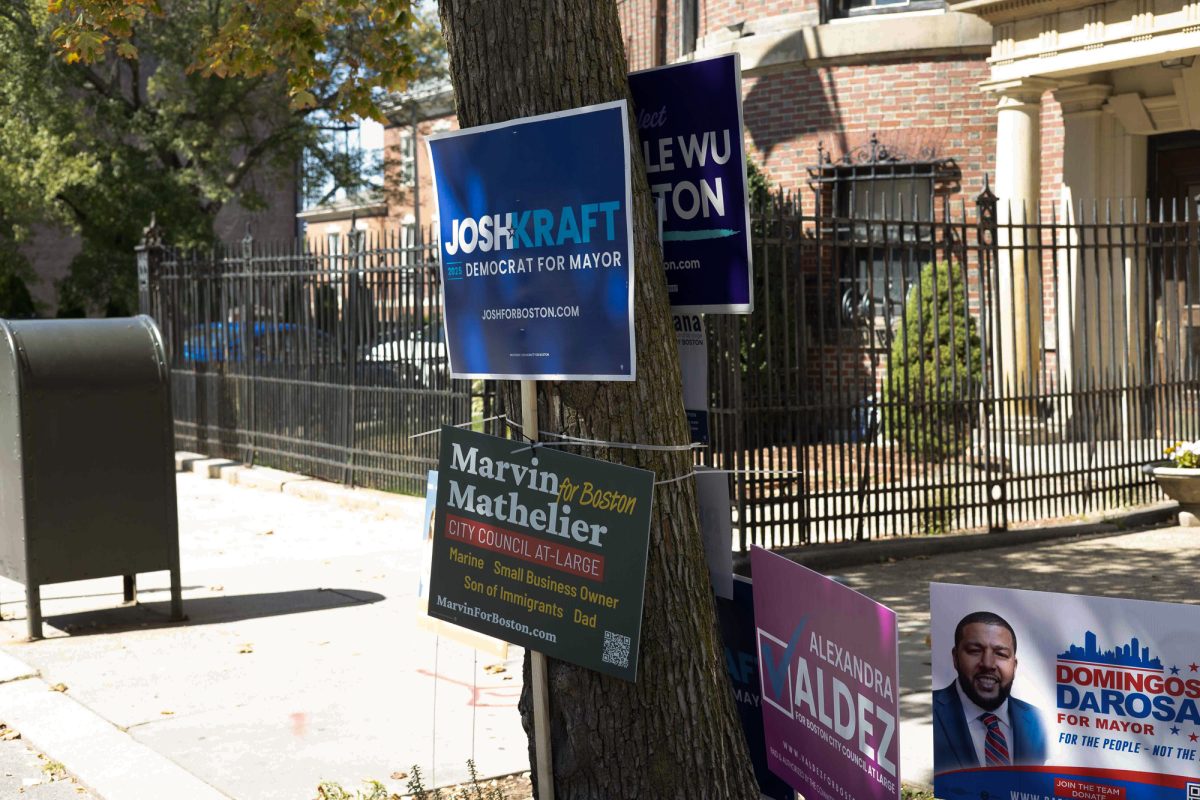Widespread looting in the art world has led collectors and buyers to more thoroughly investigate the history of their pieces, art experts said Wednesday night.
The Boston University Art Law Society hosted a panel discussion about art looting and the prevention of art scams. The panel, made up of experts from the worlds of art, archaeology and law, talked to a room of about 20 attendees at the Hillel House.
Sotheby’s Auction House Senior Vice President Jane Levine said items with a long-established history of ownership are the highest valued on the market. The auction house’s record-breaking $28.6 million sale of an Italian bronze Artemis statue was a result of the item’s ‘quality of documentation,’ Levine said.
‘[The piece] sold because of long-term sustainability of market ownership,’ Levine said.
Levine said collectors need a set of standards to determine the legitimacy of a piece, which would allow collectors to more easily determine a piece’s worth.
‘They’ve learned lessons,’ Levine said.’ ‘
As a result, buyers are calling for ‘higher standards,’ she said.
The FBI established a special unit to investigate art looting in 2004 after the looting of The Baghdad Museum. Program Manager of the FBI’s Art Crime Team Bonnie Magness-Gardiner said the program includes 13 special agents trained to identify stolen art. Levine and Magnes-Gardiner worked together at the FBI before Levine moved to Sotheby’s.
‘A trained force was needed for a large-scale, cultural disaster,’ Magness-Gardiner said in reference to the 2004 looting.
There is ‘no legal requirement for someone to provide a history of ownership,’ Magness-Gardiner said.
‘ The lack of rules ‘allows many stolen and looted items to reach the market.’ Americans can do their part by ‘identifying illegal artifacts’ and ‘minding the market,’ Gardiner said.’
Archaeology professor and event moderator Christina Luke said collectors and archaeologists should work together to learn about the history of a piece. She said when people remove an object without taking its surroundings into consideration they remove some of the object’s historical value.
‘Context is destroyed when an object is plundered,” Luke said. ‘Archaeologists and collectors need to communicate more.’
DePaul University law professor Patty Gerstenblith said archaeologists and collectors have no way of knowing the historical context of looted objects.
‘Only through proper excavation can full and complete history be recovered,’ Gerstenblith said.
Department of State consulting archaeologist Morag Kersel said ‘subsistence looters reappeared’ in the 1990s. It was ‘surprising how many people told me that they sold illegal things,’ Kersel said in reference to her talks with people in Jordan and Greece.
‘[Looting] is changing our interpretation of culture,’ Kersel said.



















































































































